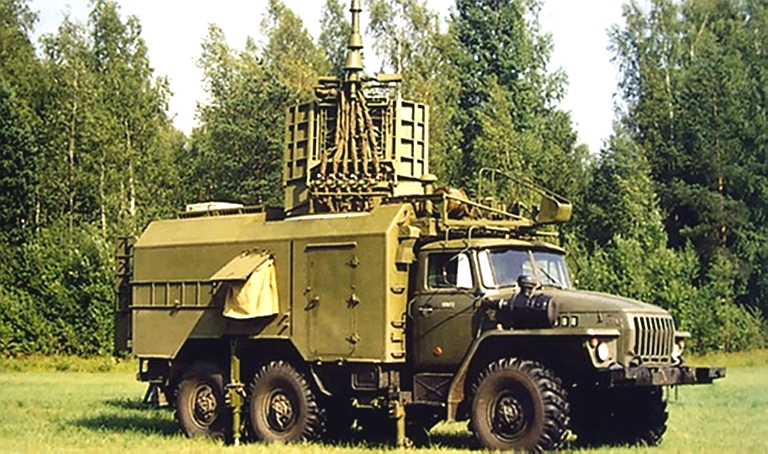Le ministère russe de la Défense envisage d'acheter deux drones aux Emirats arabes unis, a confié à RIA Novosti une source au sein de l'industrie de l'armement.
"Il s'agit au moins de deux appareils United 40, version Block 5, conçus par ADCOM Systems", a indiqué l'interlocuteur de l'agence.
Selon les informations fournies par cette société basée à Abou Dhabi, l'United 40 (version Block 5) possède un fuselage en S muni d'ailes en tandem. Il est équipé de deux moteurs à hélice installés sur des pylônes au-dessous des ailes avant.
Le drone peut voler à 9.000 d'altitude, et son autonomie dépasse les 100 heures.
L'appareil possède un radar et un système optoélectronique de surveillance. Ses quatre points de suspension situés sous les ailes arrières lui permette en outre d'accueillir des missiles téléguidés air-surface Yabhon-Namrod conçus par ADCOM.
Un expert russe en matière d'appareils sans pilotes, Denis Fedoutinov, a déclaré à RIA Novosti que la Russie était le premier pays du monde à commander des drones United 40.
"Ce système n'a jusqu'à présent été livré à aucun client, ni étranger ni émirati. Dans sa version actuelle, le drone a été présenté pour la première fois au Salon d'armements IDEX en février 2013 à Abou Dhabi. Il a effectué son premier vol d'essai en mars dernier", a indiqué l'expert.
Selon le Centre russe d'analyse du commerce mondial d'armes, aux termes d'un contrat signé en avril 2009 entre Israël et la Russie, l'Etat hébreu a livré deux drones Bird Eye-400 (pour un montant de 4 millions de dollars), huit drones I-View Mk150 (pour 37 millions de dollars) et deux drones Searcher Mk.2 (12 millions de dollars).
En mars dernier, le conglomérat public russe Oboronprom a signé avec le groupe israélien IAI un contrat de 400 millions de dollars prévoyant la mise en place en Russie d'une usine d'assemblage de drones Bird Eye et Searcher.
Ria Novosti
"Il s'agit au moins de deux appareils United 40, version Block 5, conçus par ADCOM Systems", a indiqué l'interlocuteur de l'agence.
Selon les informations fournies par cette société basée à Abou Dhabi, l'United 40 (version Block 5) possède un fuselage en S muni d'ailes en tandem. Il est équipé de deux moteurs à hélice installés sur des pylônes au-dessous des ailes avant.
Le drone peut voler à 9.000 d'altitude, et son autonomie dépasse les 100 heures.
L'appareil possède un radar et un système optoélectronique de surveillance. Ses quatre points de suspension situés sous les ailes arrières lui permette en outre d'accueillir des missiles téléguidés air-surface Yabhon-Namrod conçus par ADCOM.
Un expert russe en matière d'appareils sans pilotes, Denis Fedoutinov, a déclaré à RIA Novosti que la Russie était le premier pays du monde à commander des drones United 40.
"Ce système n'a jusqu'à présent été livré à aucun client, ni étranger ni émirati. Dans sa version actuelle, le drone a été présenté pour la première fois au Salon d'armements IDEX en février 2013 à Abou Dhabi. Il a effectué son premier vol d'essai en mars dernier", a indiqué l'expert.
Selon le Centre russe d'analyse du commerce mondial d'armes, aux termes d'un contrat signé en avril 2009 entre Israël et la Russie, l'Etat hébreu a livré deux drones Bird Eye-400 (pour un montant de 4 millions de dollars), huit drones I-View Mk150 (pour 37 millions de dollars) et deux drones Searcher Mk.2 (12 millions de dollars).
En mars dernier, le conglomérat public russe Oboronprom a signé avec le groupe israélien IAI un contrat de 400 millions de dollars prévoyant la mise en place en Russie d'une usine d'assemblage de drones Bird Eye et Searcher.
Ria Novosti

















Commentaire